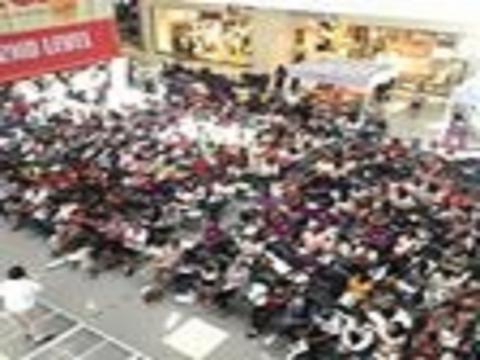I always have the notion that Urban Agriculture here in the Philippines is just a cliche. While it may exist, it is usually confined in the really urban cities like Makati and that the agri part is more for tourism and aesthetics. That it is done not for food security but rather because it is the "in" thing. The notion also came from the fact that very few in the subdivisions in Cagayan de Oro where I presently reside have really gardens in their backyard. A house may have 1 Malunggay (Moringa Oleifera) or a few plants of okra (lady fingers) or green leaf onions or even tomatoes. But having maybe 3 potted vegetable is not urban agriculture for me. Maximizing the use of whatever piece of land or space in your backyard, rooftop or walls is for me what is urban agriculture is all about.
I despair the lack of consciousness of urban dwellers on the importance of urban agriculture and especially organic urban agriculture. I believe that even with limited space, if one is really serious enough to go into farming, he can. He can utilize the walls to hang containerized vegetable plants if his space is really limited. But alas, the effort to produce food by planting within their homestead is absent. Infact, almost everyday, our neighbors ask for Malunggay from the single plant that I have. I can’t understand why they wouldn’t plant on their own if they love eating it.
Anyway,I’m digressing. When we planned to hold the AgriTalk 2019, a free seminar on Urban agriculture in a mall at the heart of Cagayan de Oro, I didn’t really expect much. We posted the activity online, a month ahead of schedule and got almost 500 online registrants. That strong response made me sit up and notice. Though, still, I wasn’t that hopeful because experience taught us that only around 30% of those who registered actually came to our seminars. Although the initial target participants is 200, I upped it to 500, not because of the online registrants (I was only expecting less than 200 from them and I was proven right), but the support from the local media was overwhelming. Also, our partners, Manila Bulletin, Agriculture Magazine and the Bureau of Agricultural research and our office, the Agricultural Training Institute really did our best to advertise the activity.
Thus on the actual day of the Seminar, I was in tenderhooks. Are the people of Cagayan de Oro and its surrounding areas ready for urban agriculture? How many will come? Our announcement says it is open for all although we prepared 500 seats and 500 lunch.
Lo and behold, the first 500 seats were filled immediately when the mall opened at 10 PM. By 11 A.M., we were now 600 plus. By 12 noon, we have ballooned to 700 plus. Many are now standing in the sidelines.
I was in awe because we never promised any free meal. Still even by 12 noon, the participants were still glued in their seats listening to our Resource Person talk about Squarefoot Gardening. It seemed that they do not want to miss the lecture and were unmindful of the time. I could say 90% of the participants stayed in their seats straight for 5 hours. They stayed even after all the Resource Persons have finished for the Open Forum. The line for those who wanted to ask questions were long. The emcee was forced to rule for 1 question only because of the long list of persons who want to ask questions.
It was an eye opener for me. The interest in Urban agriculture in Cagayan de Oro is real. If the more than 700 persons who were there would only start to engage in urban farming, then we will expect a more healthy household in the coming months (Kangkong takes only 19 days to harvest or pechay for 1 month) with many of the extra produce being sold to neighbors and friends. The numbers may be small but it would be a good start. From this, I hope that this little green revolution would evolve to become so big that Cagayan de Oro would be self-sufficient in vegetables become a major supplier to its neighbors. I am keeping my fingers crossed.

